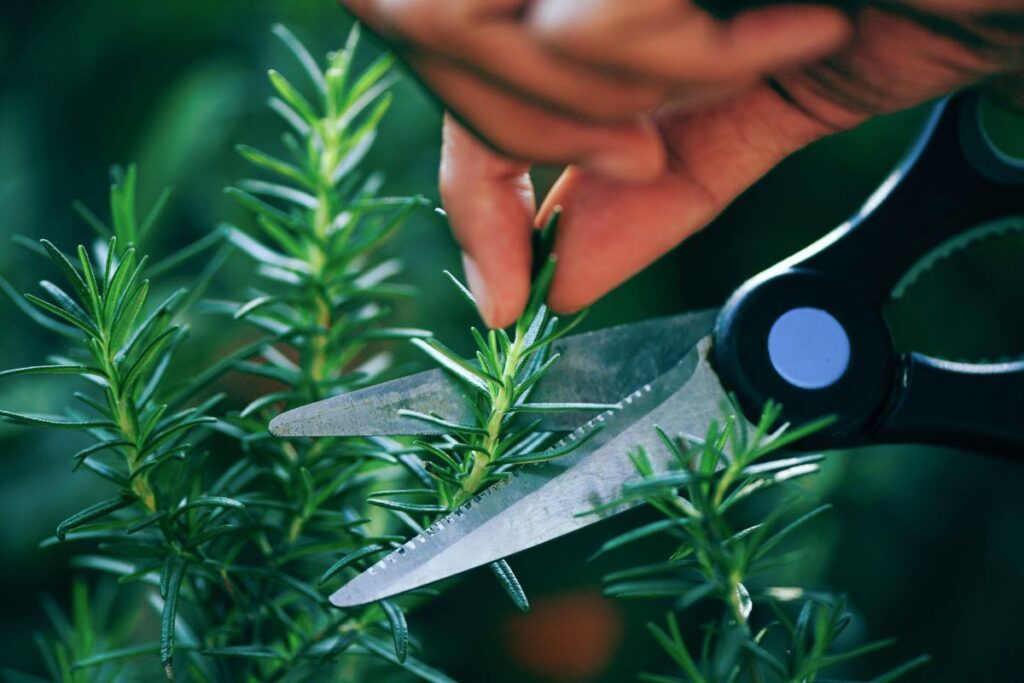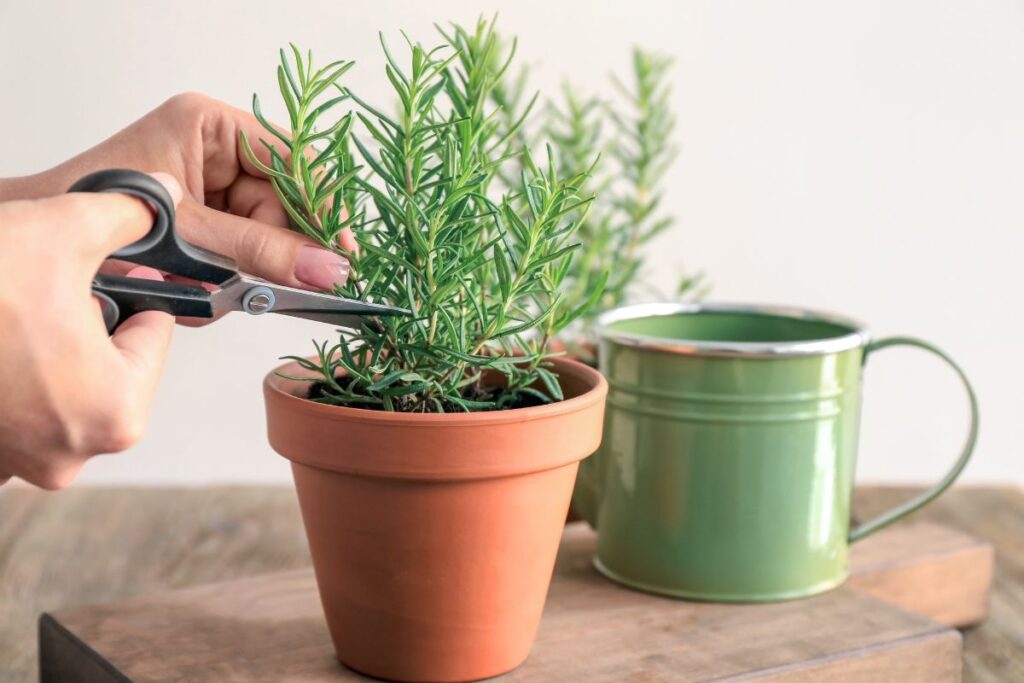Disclaimer: Our editors have used AI to create or enhance parts of this article and some images. All content has been fact-checked by our team to ensure accuracy.
Love rosemary?
Growing your own is rewarding and easier than you think.
Here are 6 essential tips and tricks to help your rosemary thrive.
Ready to get planting?
Let’s dive in!
1. Start with Cuttings
Start by choosing a mature plant and remove a cutting that is about 4 inches long. Remove the leaves from the bottom inch, as this part will be inserted into the soil. If leaves are not removed prior to planting, the stem may rot rather than develop roots.
2. Encourage Root Growth
Dip the tips of your rosemary cuttings in rooting hormone for optimal growth. Plant these cuttings in a small pot filled with a mix of two-thirds coarse sand and one-third peat moss. Place the pot in a sunny, but not directly sunlit, location. Ensure you water the cuttings regularly and keep them warm. In about three weeks, you should see roots starting to form.
3. Transplant After Rooting

Once the roots have developed, transfer the rosemary seedlings into individual pots or plant them outside in your garden. Rosemary thrives in most environments and can handle various weather conditions, including snow and heat. Ensure the soil drains well to prevent root rot, as rosemary doesn’t do well in water-logged soil.
4. Choose a Location
Decide whether to grow the herb in pots or as a garden shrub. In colder climates, pots provide flexibility to move the plant indoors during winter. If opting for garden planting, start by potting to allow for stronger root development before outdoor planting. Alkaline soil enhances the fragrance. Use rosemary as a scented hedge if needed.
Choosing the Growing Method:
- Pots for mobility in cold climates
- Garden shrubs for permanent outdoor locations
Soil Consideration:
- Alkaline soil enhances fragrance
5. Prune When Needed

Rosemary thrives without needing frequent watering or fertilizer, but trimming the branches back a few inches in spring is beneficial. While not essential for the plant’s health, pruning controls the size of the bushes, preventing them from taking over garden space. Regular pruning also helps maintain their shape, ensuring an orderly garden appearance.
6. Enjoy Fresh Herb

Pick sprigs of rosemary whenever needed. It’s an evergreen plant, so you can harvest it all year round. Keep sprigs in a cool, dry location until use. Rosemary complements many dishes wonderfully. Besides its culinary uses, rosemary essential oil offers health benefits. You can also use it in a simmer pot to fill your home with its wonderful aroma.